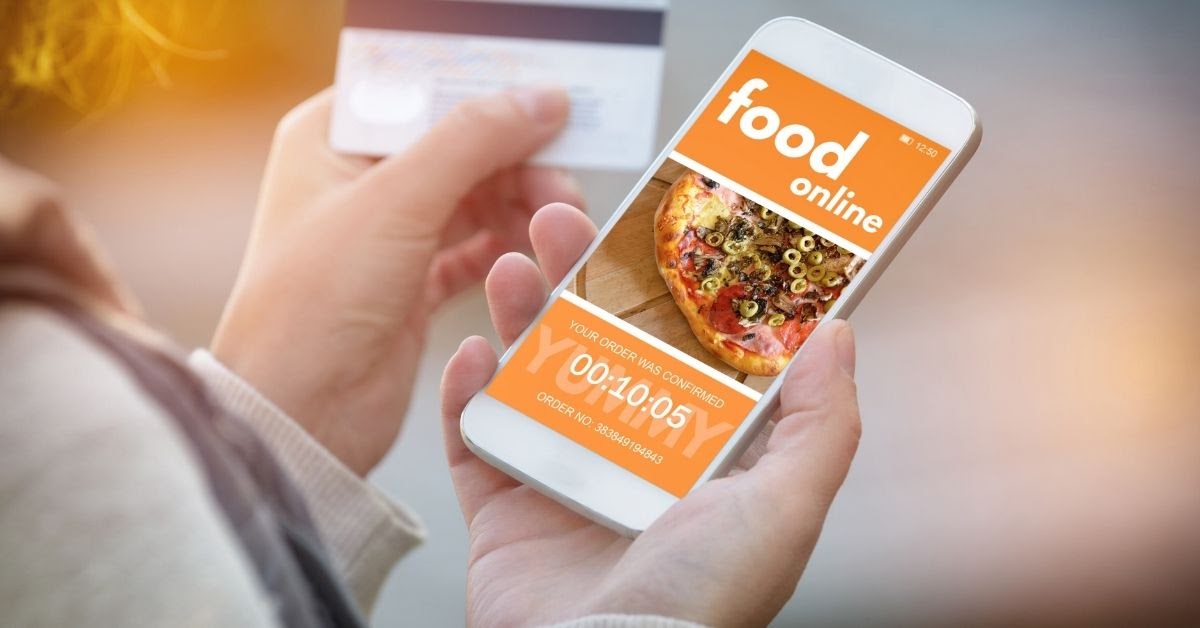It’s not a new phenomenon; people have had food brought to their houses since ancient times and continue to do so. But there is a sharp rise in the number of food delivery vehicles moving on the streets of big cities, and it’s only logical to ask the question – why? The answer is severalfold, from changed eating habits due to covid restrictions, to a generally changed lifestyle that has been happening in the modern era.
Why Is Food Delivery Becoming More Popular
All of this is followed by the food industry adapting to a different market and offering new solutions to new and old problems. Learning all of this makes you not only a better customer in their eyes but also allows you to take advantage of some of these changes to get cheaper and tastier food at your doorstep, instead of facing a closed restaurant door.
Ease of Ordering
Maybe the single biggest difference in the food industry in recent times is how people order food. It used to be rather different and more straightforward; ordering food meant actually going to a restaurant and talking with the waiter or cook to tell them what and when you want it. If you were well-off, you would have someone do that for you. Later we introduced the phone, but the principle remained the same – you’d have to call and explain what you want.
Today we’ve advanced from that and have programs and algorithms doing the business for us. Mobile and online applications, especially if they accept coupons like at www.swagbucks.com/shop/gopuff-
Faster and More Versatile Delivery
The delivery system has also fallen under the influence of the new ordering technology. More versatile and adaptive than before, apps for ordering food offer a fast way of finding who will deliver it and connecting them with you. Uber eats, for example, was first criticized for being too liberal with their approach to this field, with the fear of leaving many taxi drivers and van drivers out of business. But the contrary happened, and many people found informal employment and a side source of income using this app.
With an insulated box at the back, motor and bicycle delivery is definitely a great innovation in this field. Although less safe than a car, such agile vehicles can move equally fast, generally pollute less, and manoeuvre their way through traffic jams, otherwise impossible for larger vehicles. Food, therefore, can reach its final address faster and fresher.
Modern Eating Habits
The modern era has brought more than just technological advancement, a smartphone in everybody’s pocket and artificial cooling in every house. It has brought about a change in how we work, play, and eat. Not only was food, in earlier times, eaten when fresh or it needed to be heavily conserved, like salted pork, it was also a very ritualistic moment, with prayer and nicely presented tableware. Now we have a more leisure approach to it, to which food delivery fits perfectly.
The change in eating habits is reflected, first and foremost, in how quickly people prepare their food. Slow cooking is reserved only for special occasions nowadays, and a fast-paced lifestyle needs a faster way of preparing food. Food delivery transfers this task to restaurants that will probably prepare it better than we could in our limited spare time, but it will still be very nutritious when it arrives.
Other than that, today, people are used to a much wider variety of options, such as ethnic food or using exotic ingredients. Considering how difficult it is to have all the possible pots and pans for everything, or even knowing how to use them, it is much easier to find a place that makes what you want and simply orders from there.
Adapting to a Pandemic
The change was already happening, but what triggered a faster change from eating out to ordering food delivery was the covid-19 pandemic. This modern plague has managed to change the world upside down, closing borders, halting entire industries, and radically changing the way people go out. A lockdown was more than just working from home; it was also eating from home.
This means that even the biggest players are pushing for faster delivery, as more people work from home and want something brought to them – the one who has the best delivery system is at a great advantage. This has led to a rise in the number of delivery vehicles and the number of places that offer take-out food. The changes brought by the pandemic are sure to stay for some time; the question now is whether people will even want to return to their previous habits once the restrictions end.
Price Over Service
Continuing on the topic of the effects of the pandemic – an economic factor needs to be considered. Many middle and low-income households have suffered hard from the restrictions, losing jobs, not being able to afford proper medication, and suffering from loneliness when locked up. All of this means that many people will rather turn to products and services that are cheaper than more luxurious.
And in the world of food, presentation is luxury. Having a nicely dressed waiter serving you at a table, a chef arranging food to look great on the plate, and so forth all cost money. And if there is an option not to have such an expense – people will opt for it. Eating at your own place and having to pay only a minor extra expense for delivery is, therefore, an attractive option.
So it’s quite obvious – food delivery has always been around. Still, the changes society is facing have made it such an essential part of the economy that it’s definitely going to continue to thrive. People who love to cook for themselves still have that option like before, but those who prefer a chef do it for them can obtain a fresh meal easier than ever before.
